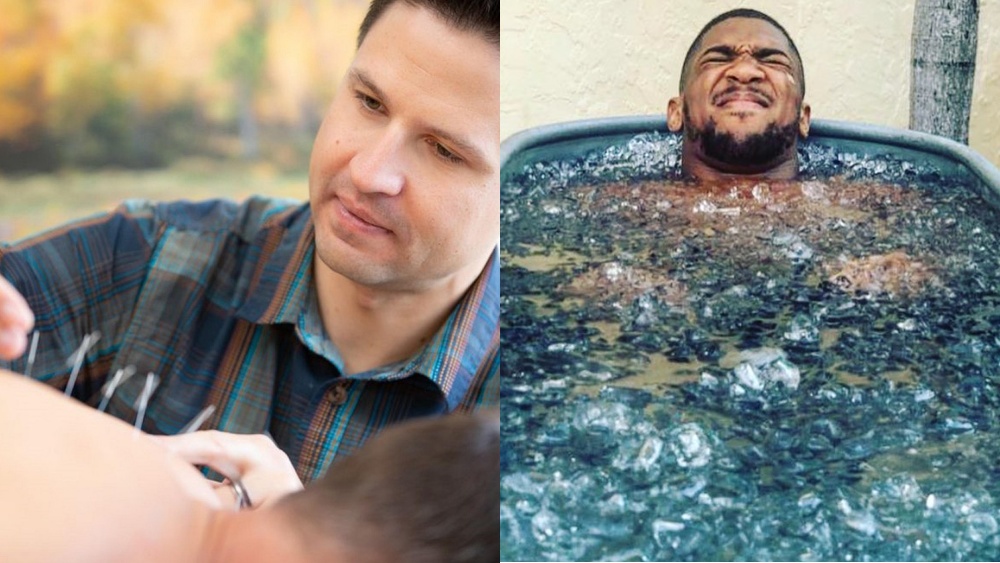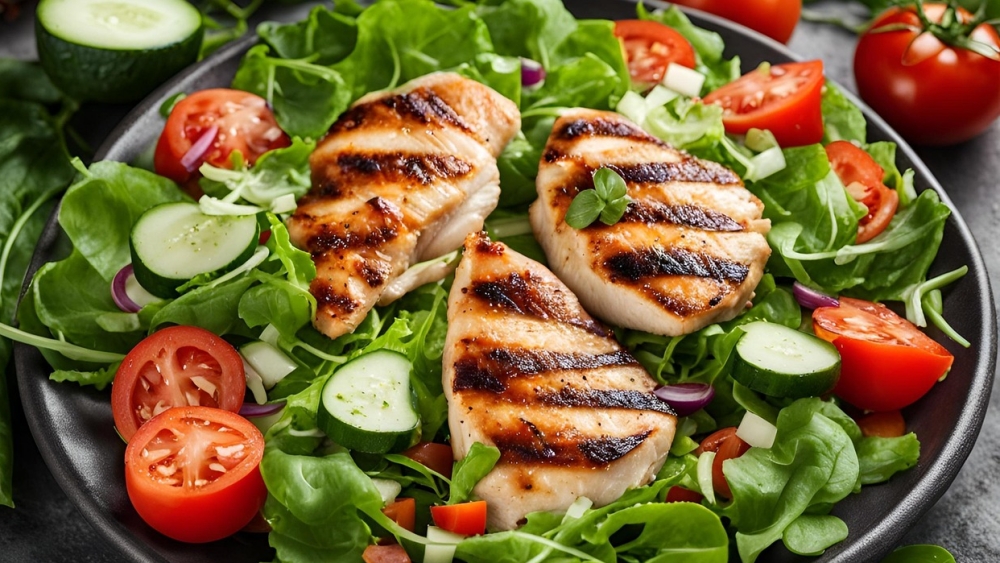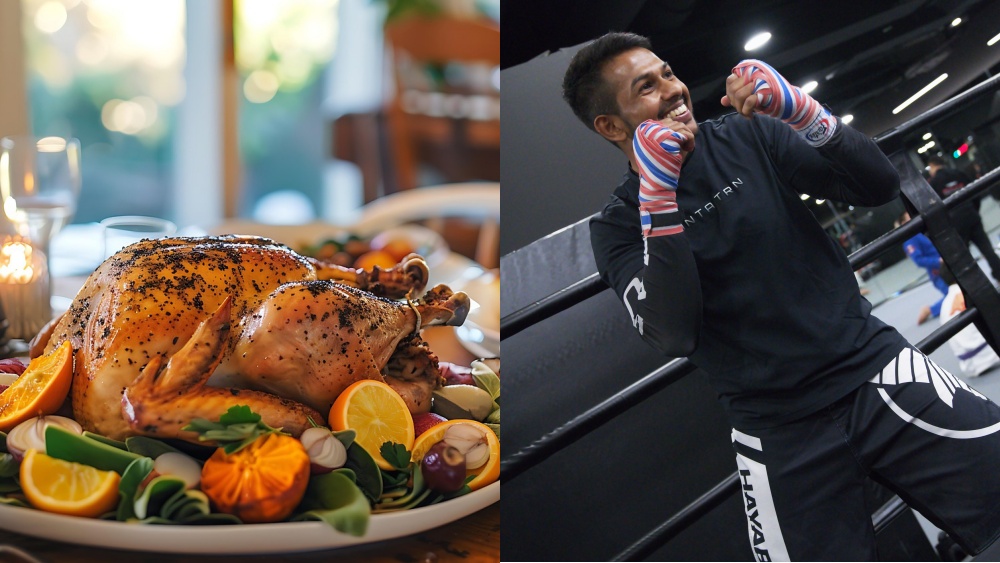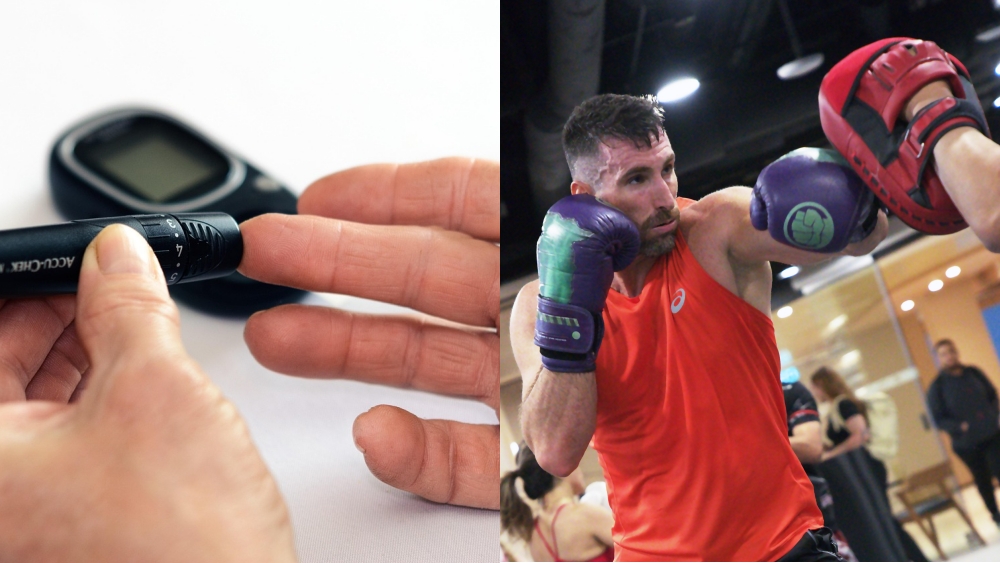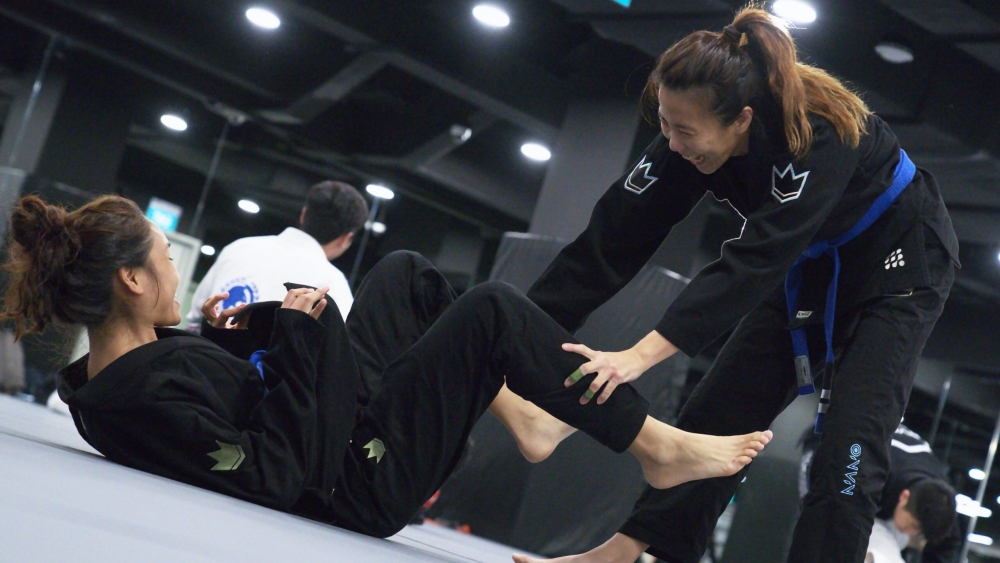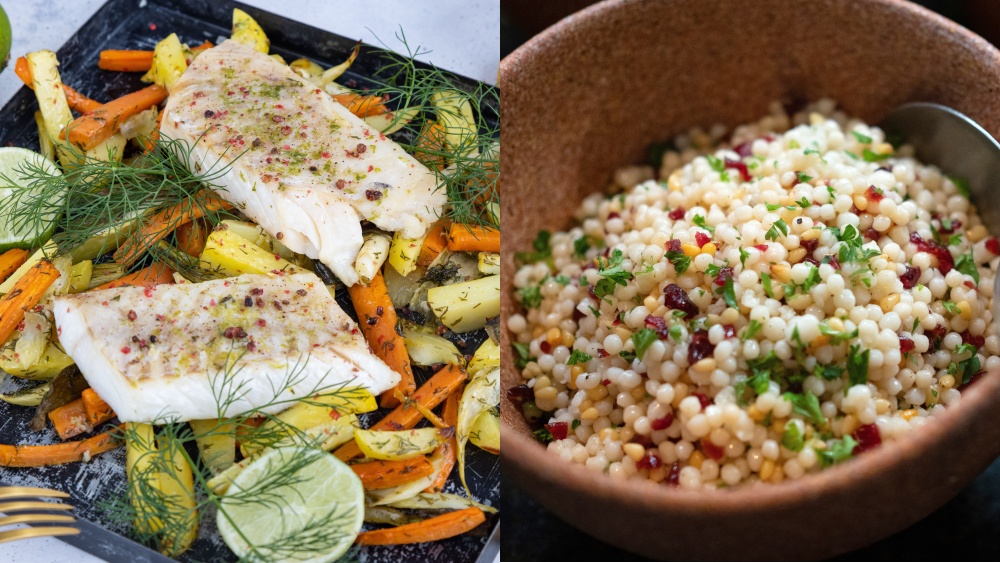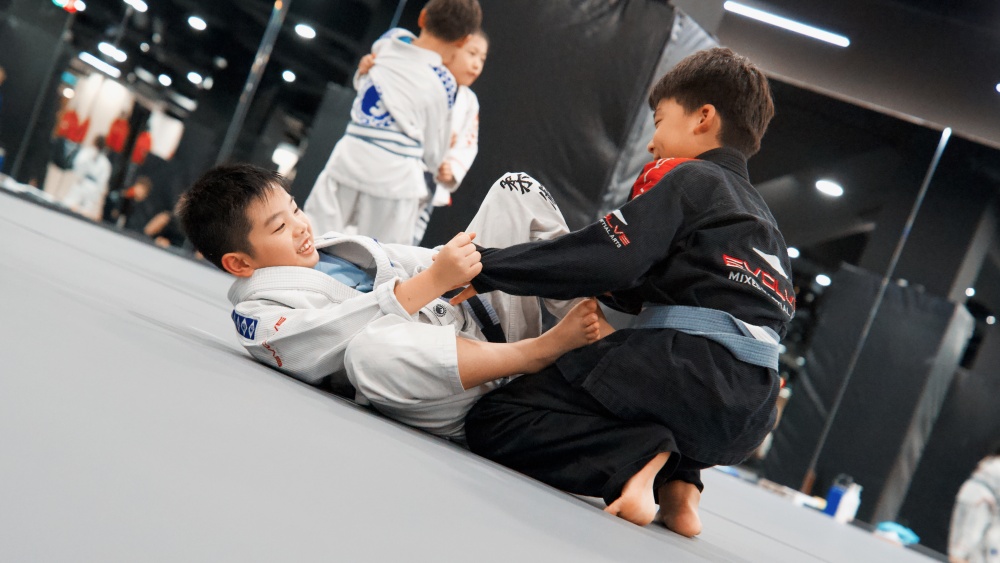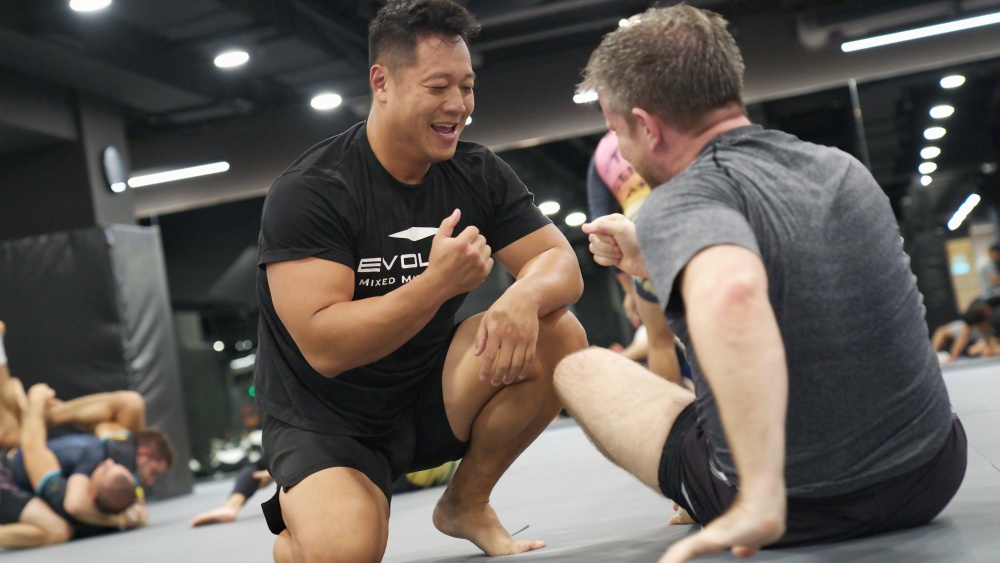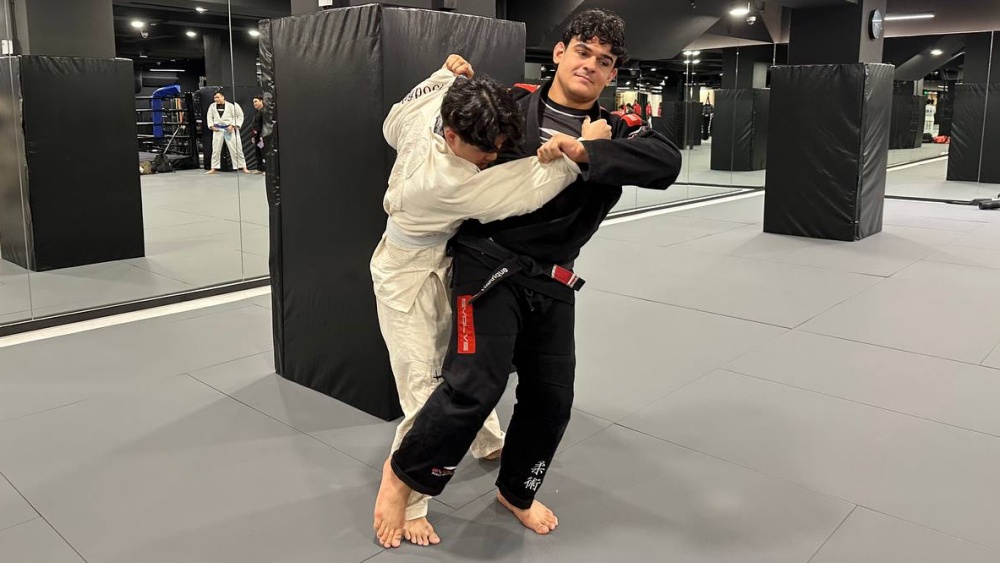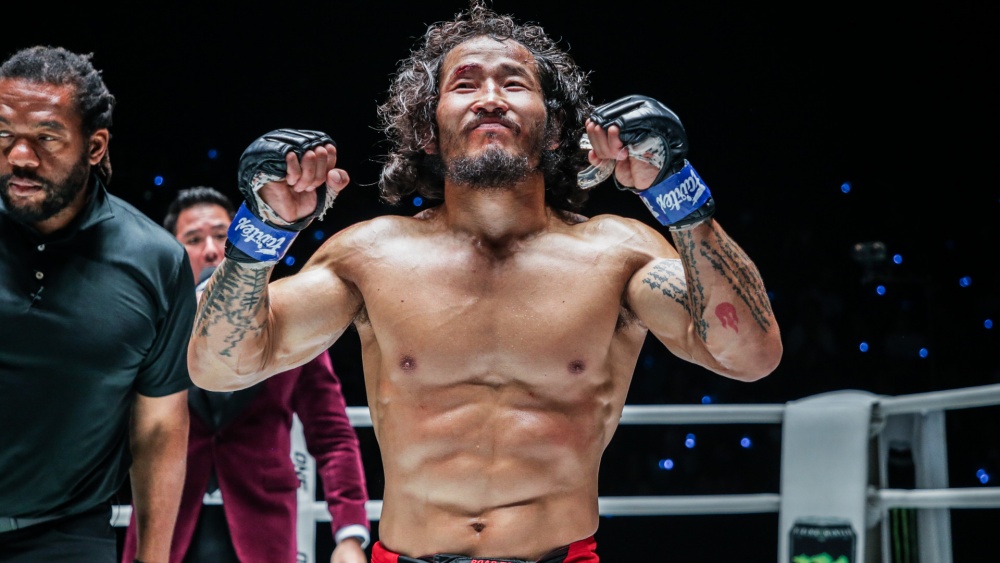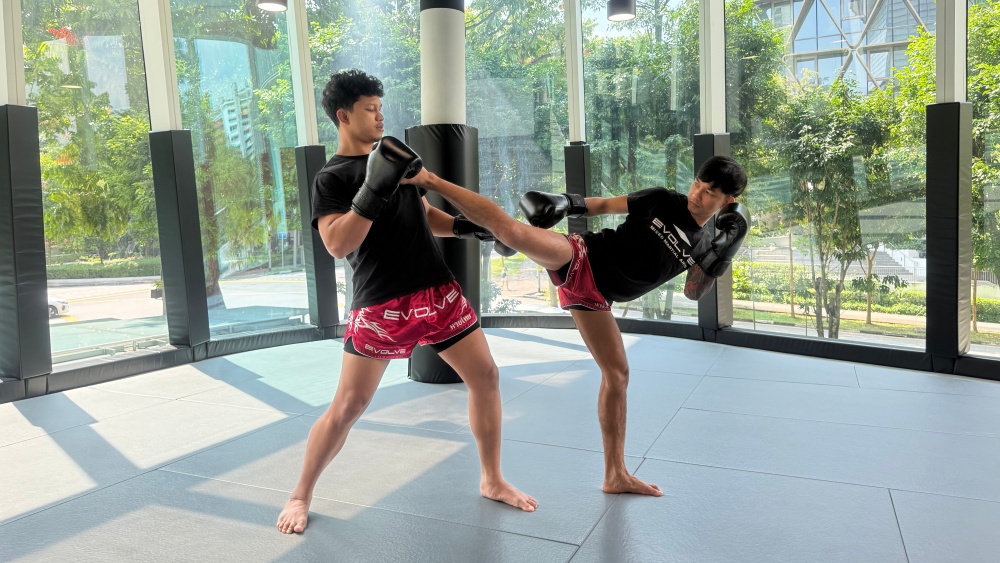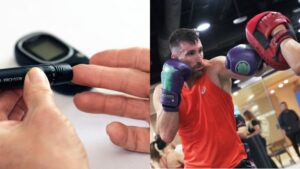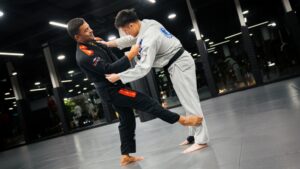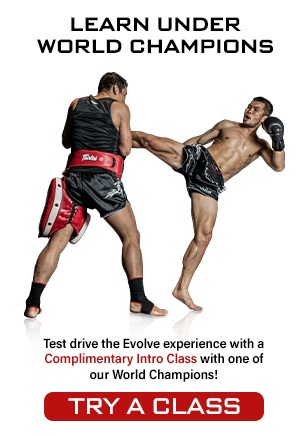Feeling spent after an intense martial arts training session is something all fighters relate to. Rubbery legs, aching shoulders, and sore arms are often signs you’ve put in lots of hard work in the gym. However, you’ll want this feeling to pass quickly so you can get back to the gym and keep improving your fight game.
Fighters are constantly looking for new ways to speed up the recovery process, and an increasing number of modern fighters are turning toward integrative recovery, which is a blend of modern science and ancient remedies to optimize recovery.
Everything You Should Know About Integrative Recovery
If you’re older than 18, it’s probably been a while since you could sleep off intense physical activity and wake up feeling like it never happened. Muscle recovery starts to slow down in your 20s. Collagen production starts to dip by 1% once you’ve past 25, making your tendons and ligaments stiffer.
Science-backed approaches like cryotherapy and heat therapy help to speed up the recovery process, but that doesn’t mean you should rule out traditional practices like acupuncture, herbal supplements, or cupping therapy. Integrative medicine can reduce the injury rates of combat sports athletes. Some examples of traditional recovery tools that are popular with fighters include:
1) Acupuncture: Not Just For Zen Masters
Yes, acupuncture isn’t just for people who own crystal collections; it’s a popular recovery tool that science says reduces muscle inflammation, improves blood flow, and zaps pain signals. It’s an excellent way to unwind after sparring wars.
How It Works: Tiny needles are used to stimulate nerves and connective tissues during acupuncture. It triggers the release of endorphins (natural painkillers made in the brain) and boosts blood circulation, speeding up muscle repair and recovery. It’s pretty popular with MMA fighters as a recovery tool.
2) Herbal Supplements: Nature’s Painkillers (But Less Scary)
What do herbs like turmeric, ginger, and arnica have in common? They’re not just spices, they’re backed by research to reduce inflammation, ease soreness, and support muscle recovery.
- Turmeric: Curcumin, the active compound in turmeric, is a potent anti-inflammatory agent. A study performed by Harvard Health revealed it was comparable to over-the-counter painkillers for joint pain. Add some to some of your post-training meals to enjoy its benefits.
- Ginger: Keep delayed onset muscle soreness at a minimum by drinking ginger tea with your post-workout meal. Research shows that ginger can reduce DOMS by as much as 25%.
- Arnica: This gel helps with the bruises fighters pick up during training. Rub some on tender spots after grueling sparring sessions. Arnica should be used topically as ingesting it can be harmful. The active chemicals in arnica help to reduce pain, decrease swelling, and serve as antibiotics.
3) Massage Therapy: Because Your Muscles Deserve A Vacation
Intense training sessions often cause wear and tear on your muscle fibers, which rebuild stronger during recovery. That’s where massage therapy comes in; it helps to speed up the recovery process by:
- Breaking Up Scar Tissue: Deep tissue massages help break up scar tissue in muscles, improving flexibility.
- Boosts Lymphatic Drainage: Massages help to flush out metabolic waste like lactic acid after workouts.
- Reduces Cortisol Levels: Massages help to relax your muscles, dropping cortisol levels.
The most popular types of massages among combat sports athletes include:
- Sports Massage: This type of massage focuses on loosening areas prone to tension, making them ideal for preparing your body for competitions.
- Thai Massage: Thai massages combine stretching and acupressure techniques to relax muscle tissues and improve circulation.
- Cupping Therapy: Cupping therapy leaves you looking like an alien attacked your back, but it’s known to improve blood flow to sore muscles. “It has become quite popular with mixed martial artists in recent years, as it’s common to see fighters with cup marks on their backs. Some famous fighters who have utilized cupping therapy include Anthony Joshua and Conor McGregor.
- Massage Tools: Recovery tools like massage guns, pads, chairs, and foam rollers help recovery, especially when combined with monthly professional massages.
4) Sleep: The Original Recovery Hack
Getting quality sleep regularly remains the most effective recovery hack. Traditional cultures understood the importance of rest—think ayurvedic sleep rituals—and modern fighters use devices like sleep trackers to assess how much rapid eye movement (REM) sleep they get.
Simple things you can do to improve your sleep quality include:
- Wind Down Before Bedtime: Ditch anything with an electronic screen at least an hour before bedtime. Do something else, like reading a book while listening to relaxing music.
- Take Naps: A 20 to 30-minute nap after training can help reduce fatigue.
- Temperature Matters: Keep your room at around 18°C to help you fall asleep. Studies show most people sleep better in cooler temperatures.
5) Contrast Therapy
Contrast therapy has been around since Romans built bathhouses all over the place. The idea behind contrast therapy is to spend some time in one temperature extreme and quickly move to the opposite extreme, shocking your body.
Modern fighters often use ice baths and saunas for contrast therapy; you only need a shower with heated water. Try spending five to ten minutes at each extreme.
Research shows contrast therapy helps to reduce muscle fatigue, pain, lactic acid buildup, and inflammation after intense exercise. It also helps to increase the functional mobility of your joints.
Contrast therapy triggers your body’s responses to heat and cold. Heat causes blood vessels to widen, improving circulation, while cold constricts them. Going back and forth between the two reduces inflammation, which, in turn, reduces muscle soreness while improving mobility. Contrast therapy is also known to increase tissue oxygenation.
Prioritizing Recovery Allows You To Get More Out Of Your Training
Integrative recovery isn’t about ditching modern recovery tools in favor of more recent ones. It’s about taking advantage of every recovery tool you have access to. Integrative recovery will allow you to train harder, heal faster, and have more than enough energy for other aspects of your life.
You may also like:
